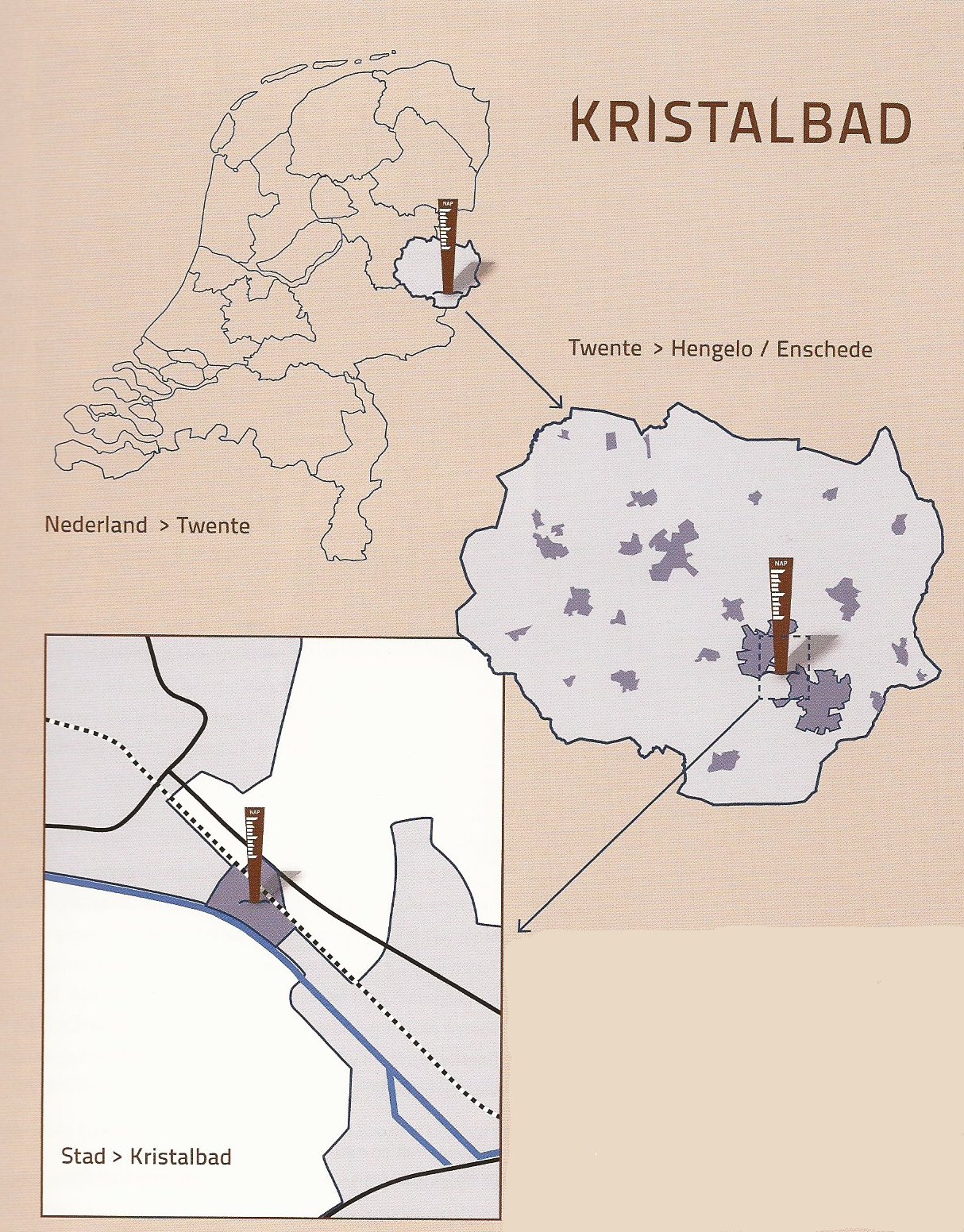Kristalbad is an area of about 40 hectares located in the east of the Netherlands between the cities of Enschede (160.000 inhabitants) and Hengelo (81.000 inhabitants). This is one of the last remaining green areas between these two cities, playing a role for ecosystem-based adaptation to cope with potential climate change related impacts.
Based on the Swedish concept of “Watermachine”, the seven public partners involved in the Kristalbad project are transforming Kristalbad into a multi-functional area. The Watermachine makes use of different elevation levels to create a water flow between different compartments of the area to naturally purify the water. Moreover, these compartments are able to store water for a total capacity of 187.000 m3, thus contributing to flood protection. Indeed, the cities of Hengelo and Enschede have been affected by floods in the past years, which are expected to increase in frequency and intensity because of climate change. Besides flood protection and improvement of water quality, this area also functions as an ecological connecting zone and is used for recreational activities.



